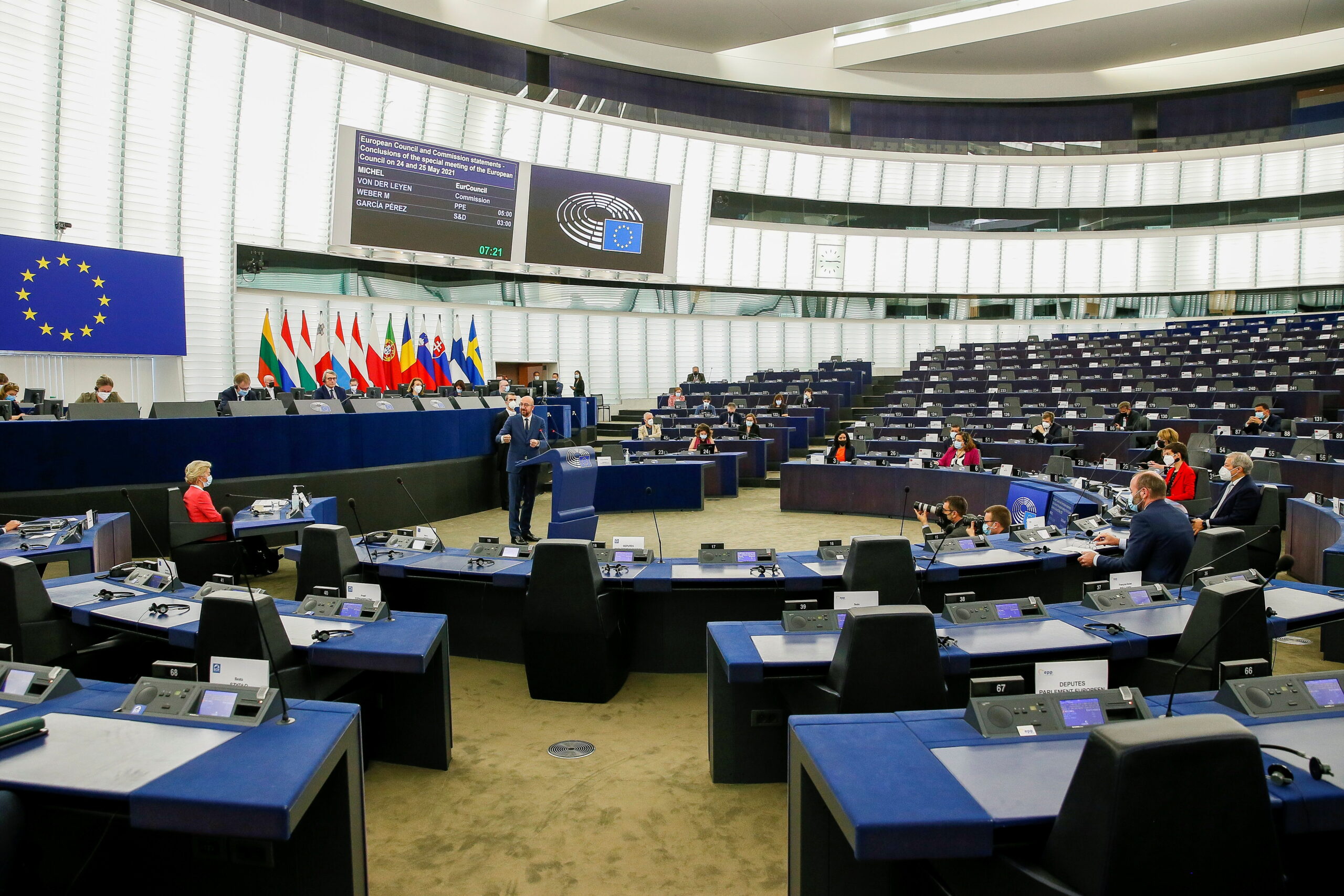Google Launches New Sustainability Tools to Help Businesses and Cities Map Environmental Information

|
Listen to this story:
|
Google has launched three new APIs from Google Maps Platform that make it easy for developers to map solar, air quality, and pollen information. These tools use AI and machine learning, along with aerial imagery and environmental data, to provide up-to-date information about the environment.
- The Solar API provides information about the solar potential of a roof. It can be used to determine if a roof is a good candidate for solar panels, and to estimate the amount of energy that can be generated. The API is available for more than 320 million buildings across 40 countries.
- The Air Quality API provides pollution data, including pollution heatmaps and pollutant details. It can be used to help people make informed decisions about where to go and what to do, and by governments to improve air quality monitoring and enforcement. The API is available for more than 100 countries around the world.
- The Pollen API provides pollen counts for the most common allergens in over 65 countries. It can be used to help people with allergies make healthier decisions, such as avoiding certain activities or taking medication. The API provides pollen counts that are updated every hour.
These new APIs from Google are a significant contribution to the fight against climate change and environmental degradation. By making environmental information more accessible and actionable, Google is helping businesses, cities, and individuals take steps to reduce their environmental impact.
How can businesses use these APIs?
Businesses of all sizes can use these APIs to map environmental information and take steps to reduce their environmental impact. For example, businesses can use the Solar API to install solar panels and contribute sustainable energy to the grid. They can also use the Air Quality API to help people make informed decisions about where to go and what to do, and to improve air quality monitoring and enforcement. And they can use the Pollen API to help people with allergies make healthier decisions.
Related Article: How does Google’s Offices Run on 24/7 Clean Energy?
How can cities use these APIs?
Cities can use these tools to improve air quality, reduce greenhouse gas emissions, and protect public health. For example, cities can use the Solar API to develop solar policies and incentives. They can also use the Air Quality API to monitor air quality and identify areas that need improvement. And they can use the Pollen API to track pollen levels and provide information to allergy sufferers.
How can individuals use these APIs?
Individuals can use these tools to make more sustainable choices about their lives. For example, individuals can use the Solar API to see if their home is a good candidate for solar panels. They can also use the Air Quality API to see how air quality is affecting their health, and to plan activities accordingly. And they can use the Pollen API to avoid activities that trigger their allergies.
These new tools from Google are a powerful resource for businesses, cities, and individuals who are committed to protecting the environment. By making environmental information more accessible and actionable, Google is helping to create a more sustainable future.










